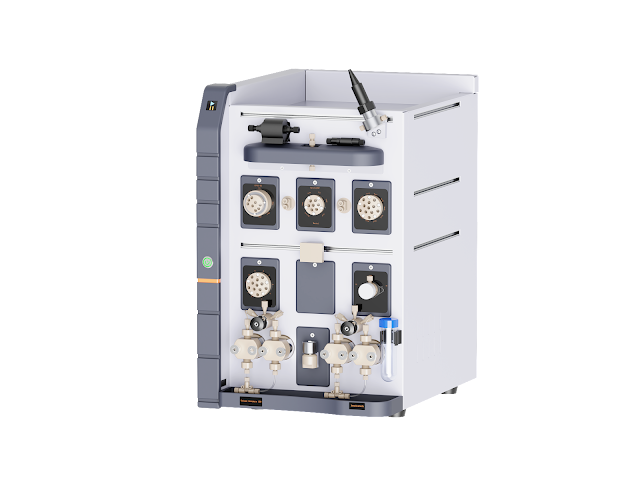Liquid Chromatography and Fast Protein Liquid Chromatography: A Comprehensive Guide
Liquid chromatography (LC) has become an indispensable tool in analytical chemistry, particularly in the pharmaceutical, biotechnology, and environmental sectors. It is primarily used for the separation and purification of small molecules, natural products, and pharmaceuticals. Meanwhile, Fast Protein Liquid Chromatography (FPLC) is a specialized form of LC, designed for purifying large biomolecules such as proteins, nucleotides, and peptides. This article delves into the principles and applications of Liquid Chromatography and Fast Protein Liquid Chromatography, highlighting their significance in modern analytical techniques.

Liquid Chromatography: Principles and Applications
Liquid chromatography operates on the principle of separating components of a mixture based on their different affinities to a stationary phase and a mobile phase. The Unique AutoPrep series automatic preparation liquid chromatography system, for example, showcases the advancement in this field with its ability to handle both low and high-throughput purification demands. This system comprises an injector, chromatography host, column, and component collector, facilitating processes from sample injection to target component collection.
The versatility of LC is evident in its multiple configurations – binary high-pressure gradient, binary low-pressure gradient, quaternary low-pressure gradient, and isocratic pump options. These configurations cater to a wide range of analytical requirements, making LC a highly adaptable technique. Moreover, the technology's precision in flow rate accuracy, component accuracy, and gradient linearity, supplemented by pressure fluctuation compensation, underscores its reliability in delivering reproducible results.
Fast Protein Liquid Chromatography: Specialization in Biomolecules
Fast Protein Liquid Chromatography is generally used for small molecular weight compounds, FPLC excels in purifying proteins, nucleotides, and peptides. This specialization makes FPLC a vital tool in proteomics and molecular biology, where the purification of these biomolecules is crucial for research and therapeutic applications.
Comparison and Synergy
While both Chromatography the broad purpose of chromatographic separation, they are distinct in their target molecules and typical uses. LC is predominantly analytically suited for small molecules, whereas FPLC is more preparative, focusing on larger biomolecules. The complementarity of these two techniques allows for a comprehensive approach to the separation and purification of a wide range of compounds, addressing diverse scientific and industrial needs.

Conclusion
In conclusion, both Liquid Chromatography and Fast Protein Liquid Chromatography are pivotal in the field of chromatographic separation and purification. Their unique features and applications underscore the importance of these techniques in advancing scientific research and industrial processes. As showcased by systems like the Unique AutoPrep series from Inscinstech, the continuous evolution of LC and FPLC technologies promises to enhance their efficacy and broaden their applications, cementing their roles as essential tools in modern analytical chemistry.
.jpg)

Comments
Post a Comment